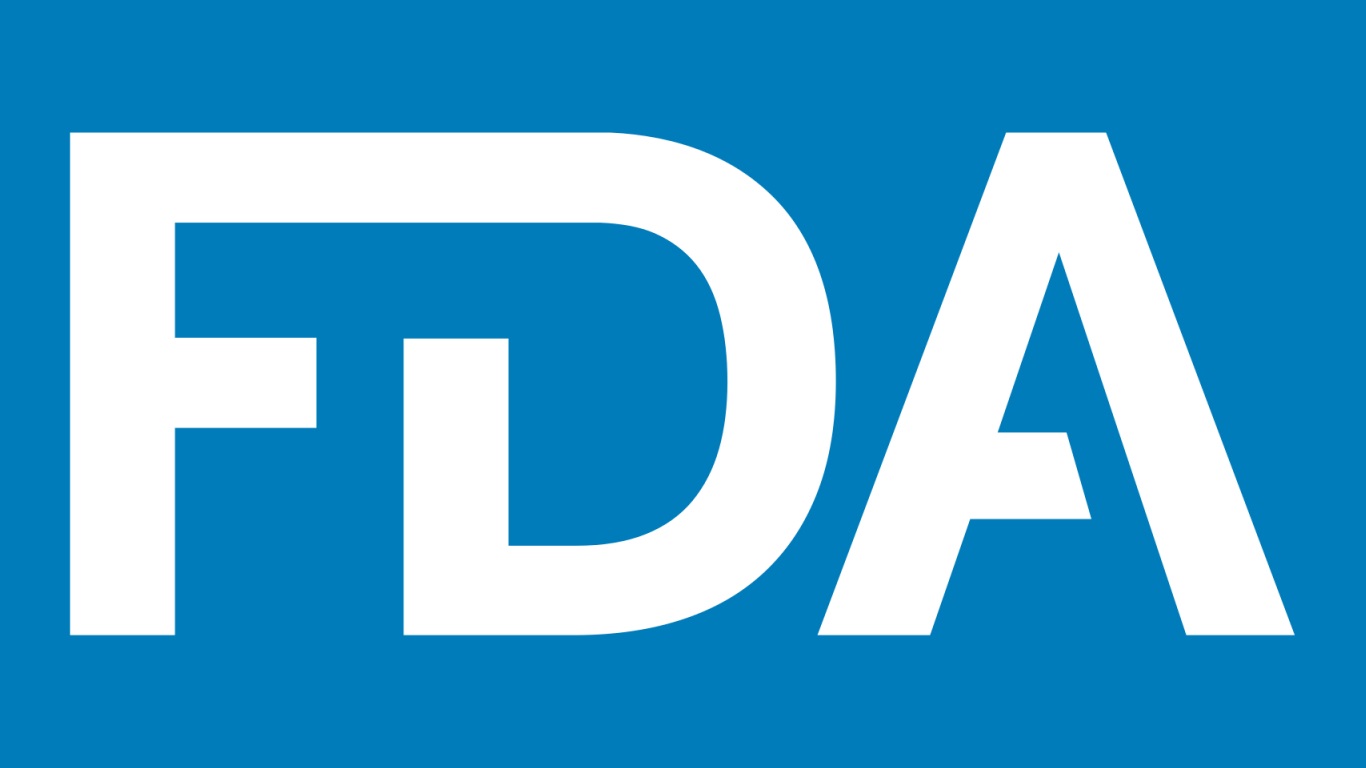Infant food safety, including new arsenic and cadmium action levels, are among the new priorities the FDA plans to address before the end of 2023. On July 6, the FDA Center for Food Safety and Applied Nutrition (CFSAN) and Office of Food Policy and Response (OFPR) released an updated list of draft and final guidance topics that are a priority for the FDA Foods Program to complete during 2023.
The following guidance topics have been added to the 2023 agenda:
- Draft Guidance on Dietary Supplement Master Files
- Draft Guidance on Low-Moisture Ready to Eat Foods (including infant formula)
- Draft Guidance on Action Levels for Arsenic in Food Intended for Babies and Young Children
- Draft Guidance on Action Levels for Cadmium in Food Intended for Babies and Young Children
- Amendment to the Menu Labeling Supplemental Guidance
- Guidance on Protein Efficiency Ratio (PER) Rat Bioassay Studies to Demonstrate that a New Infant Formula Supports the Quality Factor of Sufficient Biological Quality of Protein.
Public comments on the list of human food and cosmetic guidance topics, including suggestions for alternatives or recommendations on the topics the FDA is considering, can be submitted to www.regulations.gov, using Docket ID: FDA – 2021-N-0553.
The FDA’s list of guidance topics is just one of several resources that the Foods Program routinely shares with stakeholders and partners to inform them of agency priorities. Most proposed and final rules are on the “Unified Agenda of Regulatory and Deregulatory Actions,” which is published by the Office of Information and Regulatory Affairs in the Office of Management and Budget. The Unified Agenda is updated twice a year and reports planned actions by federal departments and agencies government wide. A list of those FDA regulations and guidance documents under Administration review is available on the Office of Management and Budget website.







